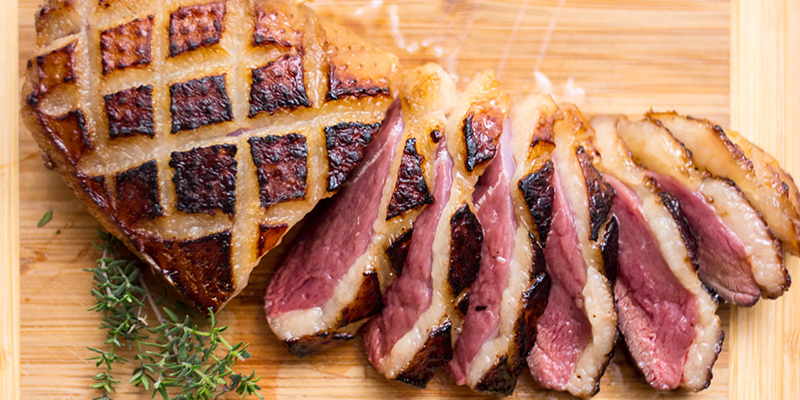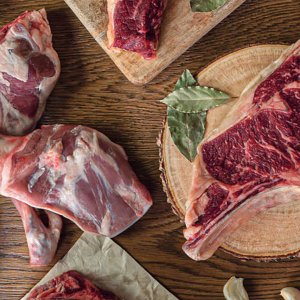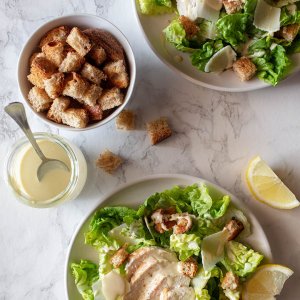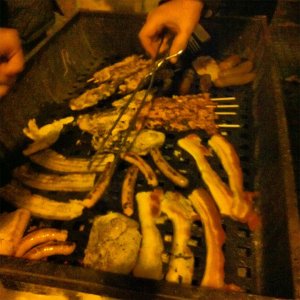Do you know to distinguish the micuit of foie gras? and the duck breast of the confit? We know that it can be a little tricky, but today we bring you the keys to differentiate all parts of this awesome bird!
On the one hand, we have the duck breast, but not one breast any... It's a lean steak of fattened duck or goose. It’s very important that the bird has been primed to be able to distinguish it from a conventional breast since we will thus find grease both the meat and the skin. It’s one of meats the most widely used in kitchen and which we find plenty of recipes.
On the other hand we have the micuit, half-baked fatty duck liver. Also known as terrine is pasteurized to keep it for months all of its properties. Its main feature is its smooth texture and the intense flavor.
The famous foie gras is saturated and enlarged liver by the fat. This happens fattening the bird until the liver weighs at least 300 grams in the case of ducks, and 400 in the case of geese. It’s consumed fresh or code and we can find it both whole and in pieces.
A derivative of the foie gras is the pate, a paste made with meat, liver and fat together with vegetables, spices and wine. And although some people confuse foie gras and pate, the differences are large enough.
Finally, it should be noted the duck confit. We are talking about a technique of cooking in which the duck thigh is immersed in its own fat and cooked over low heat and very low temperature.
And now, after reading this post, you don’t have excuses to confuse the different parts of the duck!






